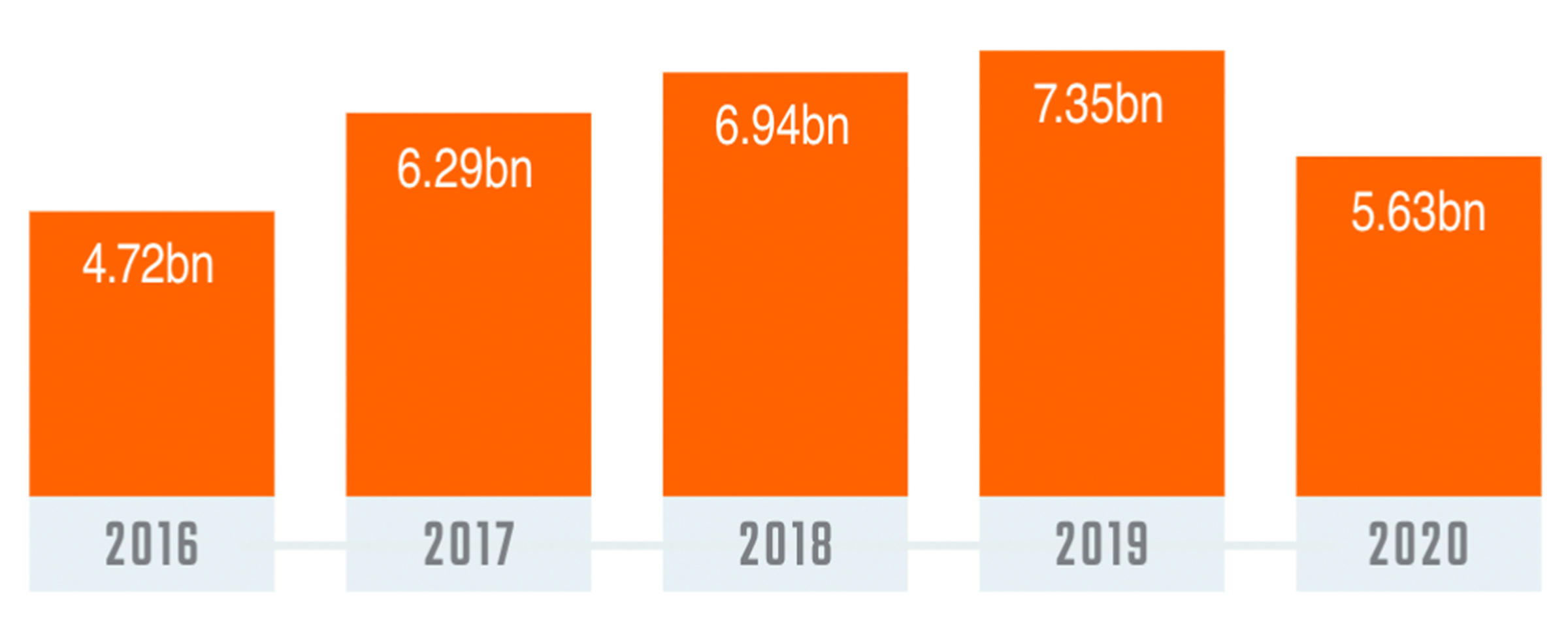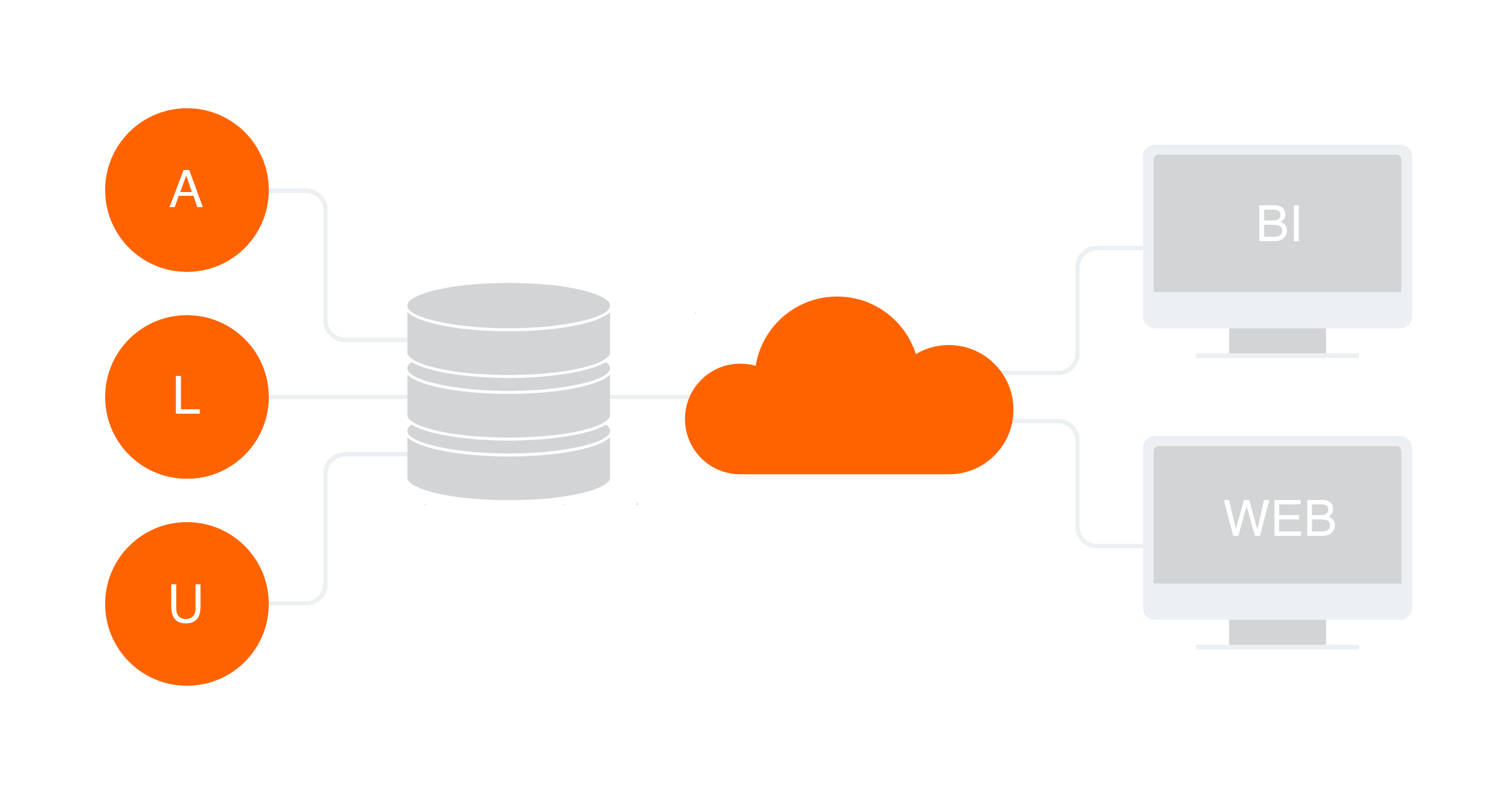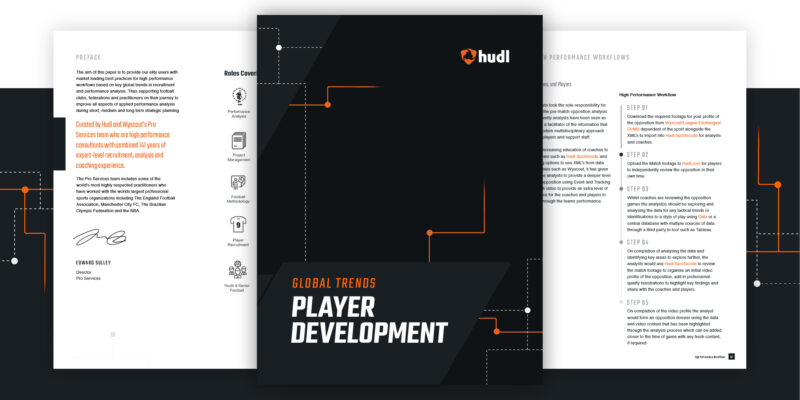Global Trends in Modern Football: Recruitment

Technology is now used by teams across all levels to overcome these fundamental coverage challenges. However, the application of technology wildly differs and it is those high performing organisations that have found a way to blend traditional scouting methods with technology that are having the most success. They also create space to adapt to the changing landscape, for example, the Governing Body Endorsement points system introduced post Brexit in the UK.

To learn more about market-leading best practices for high performance workflows based on these key global trends and more, download our new eBook - High Performance Workflows.
Over the last 12 months Hudl has listened to our customers in over 6,000 meetings all around the world with CEO’s, Sporting Directors, Heads of Recruitment, Head Coaches and Analysts. With this plus the collective experience of our Hudl Pro Services team, the flow diagram (below) is a representation of current best practice when Scouting and Recruiting a player.
The best organizations also understand the fluid nature of player recruitment in football and use this type of structure to quickly assess players whose situations change during the transfer window.

As Forbes wrote in 2018, “The ability to capitalize on data insights and analytics can make or break a company. And big data, artificial intelligence, and predictive analytics have every organization scrambling for an advantage—or fearing disruption.”
In 2021 this trend has taken hold in sport organizations. High Performance teams are creating a ‘sandbox’ environment, summarised in Figure 1, that blends User Generated (U), Licensed (L) and Acquired (A) data into one place.
They ID match players and teams for these multiple sources to create a single ‘golden record’ for players and teams.
This delivers significant efficiencies in time and budget required to generate decision support tools, either via private websites or business intelligence software to answer performance questions from subject matter experts and key decision makers. This started in player scouting and recruitment and has moved into most areas of the football business model.
Those who turn their back to data will lag behind. In the future, clubs will sign players, managers, mathematicians and physicists, engineers and analysts.



